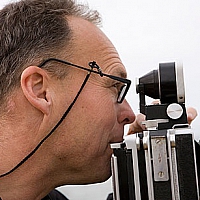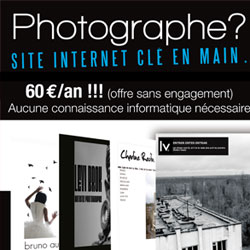
© Inge Rambow
Kleinschmidt Fine Photographs Taunusstraße 43 65183 Wiesbaden France
Charles Baudelaire’s Les paradis artificiels has become known as a literary exploration of the experience of being high. Published in 1860, it studies human fascination for the extreme and stylises the impact of intoxication on the mind and senses. While Baudelaire’s essay looks at the complex interrelationship between desire and escapism for poetic literature, the relationship between hallucinatory visions and reality has not lost its fascination since the Romantic period. The adjective “artificial” in Baudelaire’s title names one of art production’s leitmotifs. Earthly paradises are always artificial. Visions always originate in some mind. Art and addiction both stand in a precarious relation to reality.
While Baudelaire explored art and artificiality in a longing for ideal worlds – for artificial paradises – the discourse in contemporary art explores a visual alternative to reality as we know it. Whereas poets like Baudelaire, Benn, De Quincey, Ernst Jünger and Poe saw opium as the gateway to the world of artificial paradises, intoxication no longer provides us with a key to breaking away from the familiar. Today, the joy and pain of art production are close to the ecstasy and horror of a frenzy of colour and form.
In modern aesthetics addiction is being increasingly replaced by imagery – less toxic, though not without sensually stimulating side effects. my artificial paradise shows the rush of colour of Peter Bialobrzeski’s Neon Tigers, draws us into the Grimm fairytale style scenes of Eva Leitolf’s Naturstücke and across the derelict landscapes of abandoned industrial sites of Inge Rambow's Wüstungen. The theme of desire has shifted: to the aesthetic of the work itself. Utopia takes form on the level of beauty, which demonstrates its horrors. The exhibition combines three positions – telling a tale yet untold.
Vignette : © Inge Rambow



